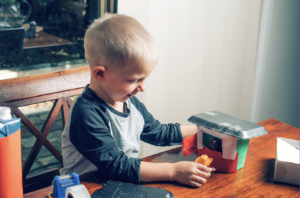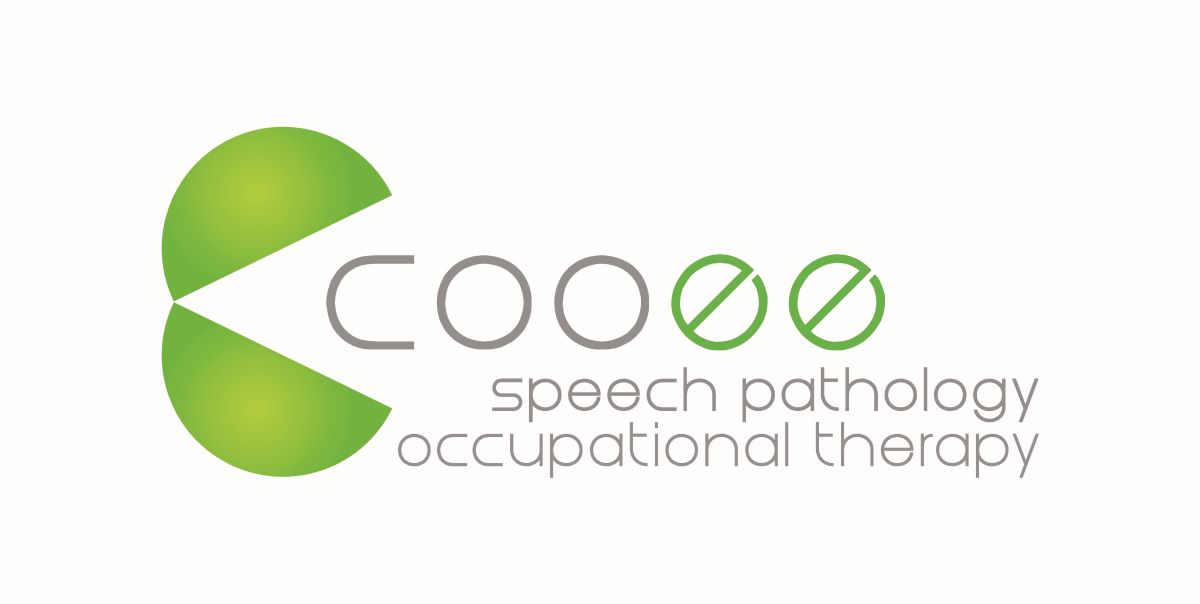What is Postural Control and why is it so important?
So you have heard your therapist talk about postural control in your sessions… but what does that actually mean and how can it influence your child’s performance in their daily activities?

What is Postural Control ?
Postural control, or postural stability, refers to a child’s ability to maintain their posture upright against gravity and ensure balance with regard to the environment and/or task.
This involves our proprioceptive, vestibular and visual systems all working together to provide a stable base of support for the movement of the head, eyes, trunk, arms and legs.
So, if a child goes to reach for their pencil on the other side of their desk, or reach for a toy on a shelf, they can do this without falling off their chair or losing their balance.
We also consider how a child is able to maintain different positions (i.e., seated position, standing position etc.) without fatigue.
Postural control is actually our body’s second most important priority, followed closely behind breathing taking up the number 1 spot!

How does Postural Control relate to Activities of Daily Living?
Children need adequate postural control in order to participate in Activities of Daily Living such as:
- Participating in tabletop activities such as motor tasks, writing and craft when at school and at home
- For eating and drinking during mealtimes
- When dressing and needing to reach, bend and shift weight to put on and take off clothes
- During bath time when sitting in the bath, standing in the showering and bending and shifting weight to wash and dry their body
- When sitting on and using the toilet
- During play (both indoor and outdoor)
Signs of Poor Postural Control
Children who experience difficulty with postural control may not have the stability to maintain a good standing or sitting position. This may look like:
- Leaning over/propping onto the table-top to gain support while sitting
- Sitting on a chair in a slouched position
- Sitting in ‘w’ sit while on the floor
- Lying down while playing
- Walking with a wide base of support (legs further apart/wider than hip width apart
- Increased “wiggliness” at the dinner table or when sitting at the desk at school
You may also notice that when performing activities that require reaching, bending and weight shifting, children with reduced postural control may have difficulties maintaining their balance.
Poor postural control can also result in children slumping over their desk, using a non-dominant hand to support their head, and seeking vestibular or proprioceptive input through movement.
Poor postural control also directly relates to difficulties with distal skills (e.g. hand use and skilled foot movement). This means that we may see a child experiencing difficulties with skills such as feeding oneself, writing and bilateral integration and using their hands for play.
We need proximal stability (postural control) before distal mobility.
We can’t expect our children to be able to participate and perform in writing and cutting tasks at school if all of their effort is being spent in trying to hold their body in an upright position.
Our OTs can help assess postural control skills, as well as provide tailored evidence based intervention plans for helping children with attention, writing skills, play and motor skills.
If you are concerned for your child’s development or would like further information regarding therapy or the intervention process, please don’t hesitate to get in touch with our Occupational Therapists via [email protected] or call us at the clinic on (07) 3265 4495.

Written by Ashley Hannan,
Occupational Therapist
